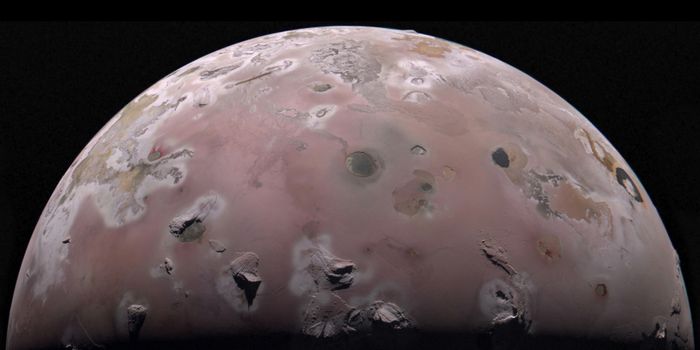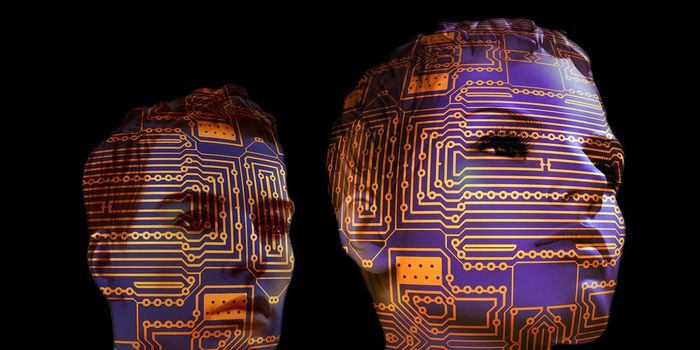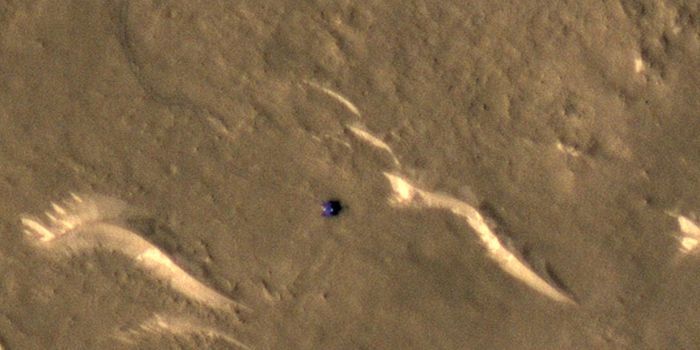Researchers Generate Quantum Light - A Step towards Faster Quantum Computers
The ongoing data revolution will need a faster and larger number of supercomputing facilities. Our present “classical computers” store data in binary form, i.e., 0 and 1. The cost and time of converting every piece of information into combinations of 0s and s are going to pose a challenge in the future. Quantum computers are the new supercomputers that will solve the problem of data storage as they are not limited to storing data in terms of binary numbers. In these computers, the information is stored in qubits. This quality makes them both time and energy efficient.
The challenge is, of course, to create and operate quantum computers for practical purposes. One of the biggest identified challenges is their operating temperature. It is estimated to be -460 ºF or -273 ºC. This temperature is cooler than the temperature of space. Nonetheless, a lot of work is being conducted by various research groups throughout the world.
One such team of researchers from the University of Tokyo and National Institute of Information and Communications Technology (NICT) made progress in this direction by generating strongly nonclassical light using a modular waveguide-based light source. A waveguide is an instrument like cables or glass fibers that are used to confine the electromagnetic light in a particular direction thereby minimizing loss during transmission from one point to another. The electromagnetic light is passed (squeezed) through a waveguide to generate various quantum states. These generated states are the way to perform calculations like supercomputers. For the best results, this squeezed light should have low levels of light loss as well as include a broad range of frequencies.
The researchers conducted this experiment successfully by using a particular kind of waveguide, called optical parametric amplifier (OPA), which minimized the light loss and enabled operation at room temperature, which is a big achievement for quantum computing. Using this experimental setup, they were able to create “Schrödinger cat” states or overlapping quantum states, which as stated earlier, are the way to perform quantum computing. This work was published in Optical Express under the peer-reviewed Optica Publishing group.
Sources: Optica Express, Science Daily








